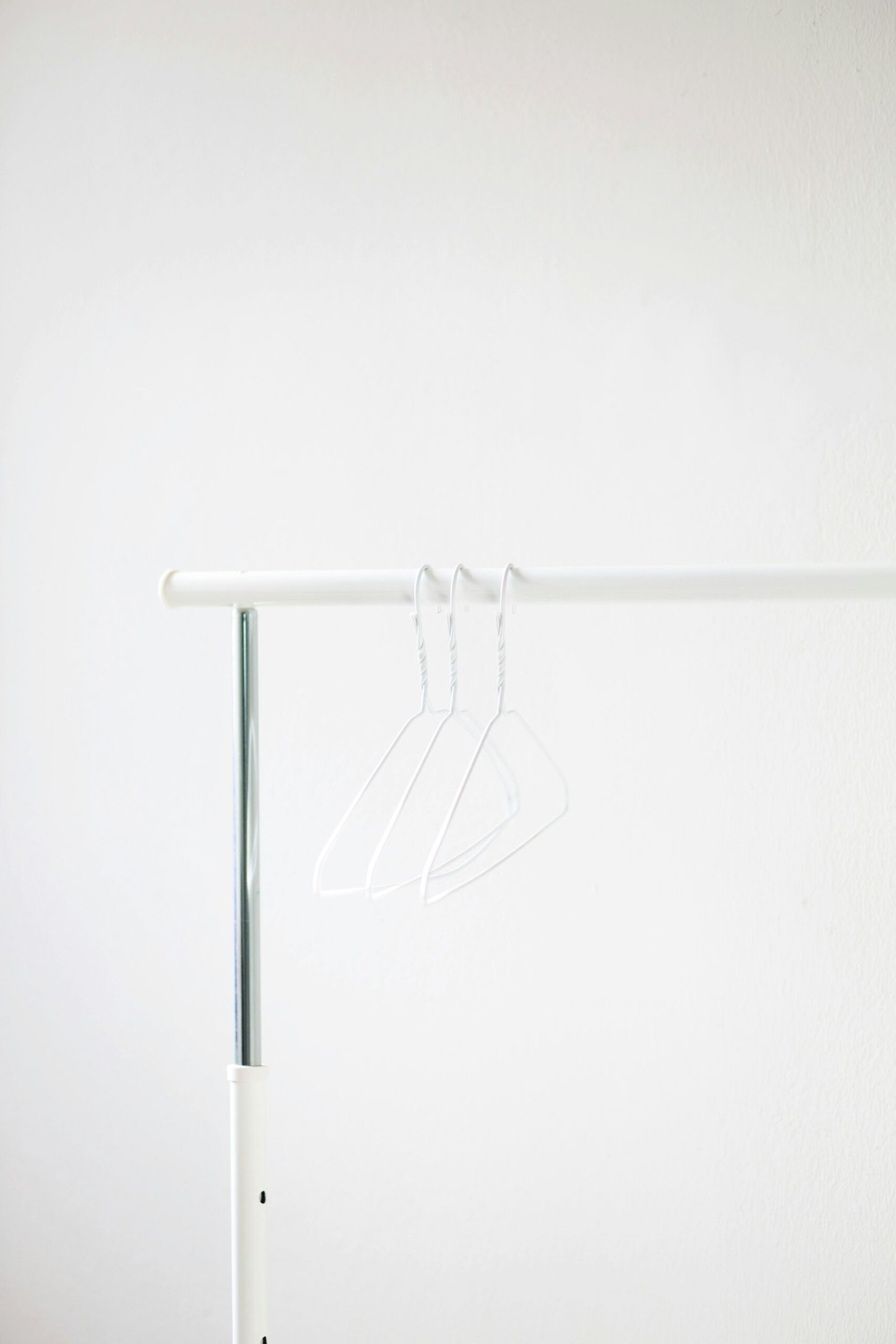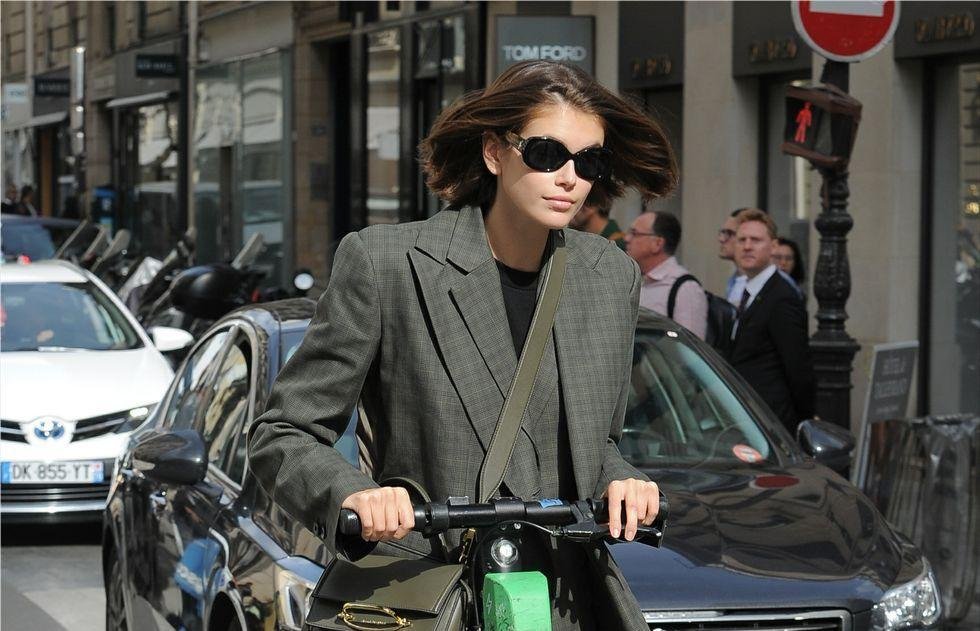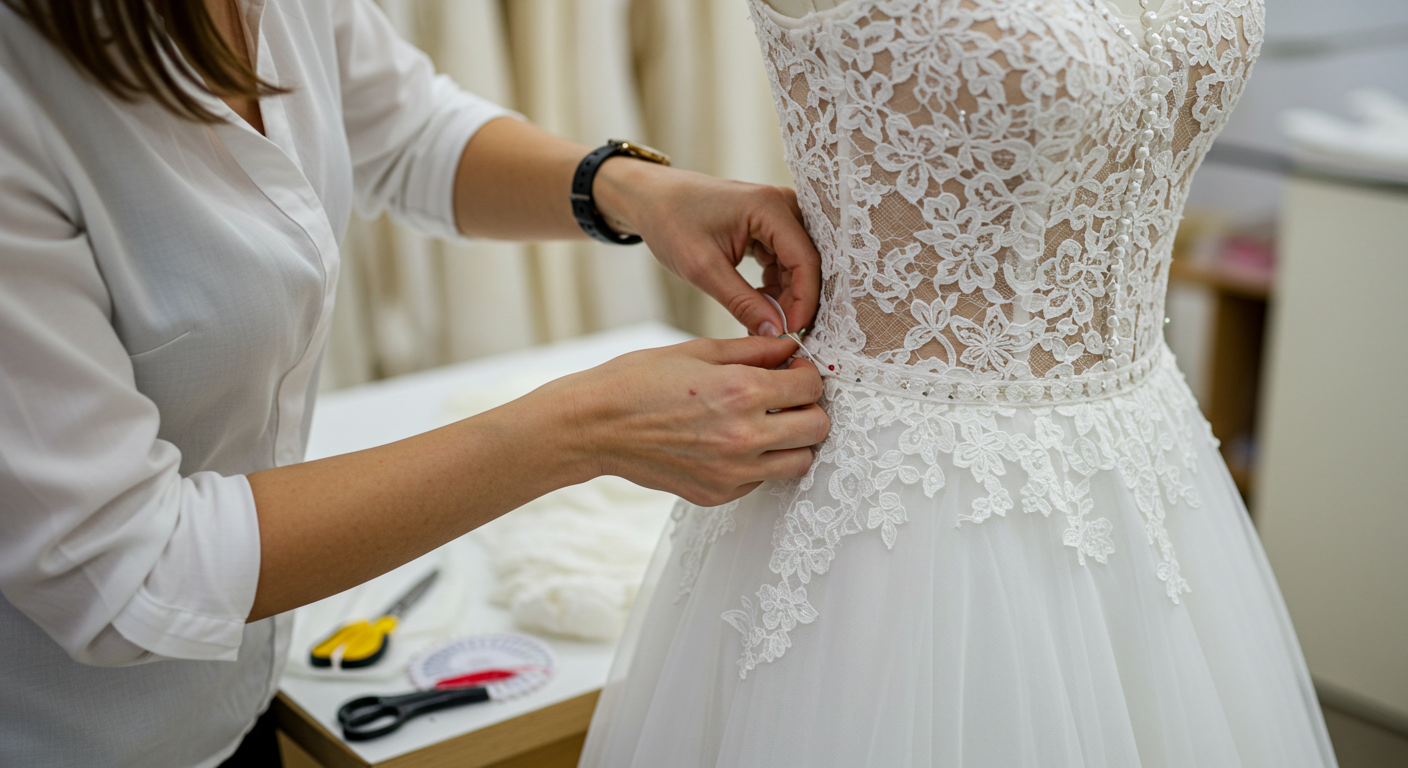Introduction to Bucket Hats
The bucket hat is a distinctive style of headwear characterized by its wide, downward-sloping brim and soft, often cotton fabric. Originally designed for functionality, these hats were initially worn by anglers and farmers as protection against sun and rain. Their practical features, such as their lightweight material and packable design, contributed to their appeal beyond rural settings and eventually permeated urban fashion scenes.
In the 1990s, bucket hats emerged as a cultural phenomenon, often associated with the hip-hop movement. Artists and celebrities popularized the style, making it a ubiquitous accessory among youth. This era saw the bucket hat transcending its utilitarian roots, becoming a fashion statement that conveyed a sense of individuality and rebellion. The bold prints and varied colors appealed to a diverse audience, allowing wearers to express their personality through their choice of headwear.
Historical Background: Where It All Began
The bucket hat, a versatile and fashionable accessory today, has an intriguing history that traces back to the early 1900s. Originally designed as a practical solution for fishermen, this unique hat served a functional purpose, providing protection from the elements. The design featured a wide, downward-sloping brim, which effectively shielded individuals from rain and sun, making it an essential item for those long hours spent by the water. Crafted from durable materials, these hats were typically made of cotton or wool, ensuring they were both lightweight and functional.
As the decades progressed, the bucket hat began to evolve beyond its utilitarian roots. In the 1960s and 1970s, the hat found its way into popular culture, becoming associated with various outdoor recreational activities. It was during this time that brands started to adopt the bucket hat for promotional merchandise, further solidifying its status as a recognizable fashion item. The integration with music and arts played a crucial role in its evolution; many musicians and artists adopted the style, leading to significant exposure that transformed the bucket hat from a mere functional accessory to a cultural symbol.
The 90s marked a pivotal moment in the bucket hat’s history, as it surged in popularity within the urban fashion scene. Influential figures in music, particularly within hip-hop and pop, were frequently seen wearing bucket hats, thus catalyzing their acceptance as a trend among the youth. This era saw numerous variations of the hat, from patterns to color choices, allowing self-expression and individuality in fashion. Through its rich history, the bucket hat has navigated from a practical tool to a trendy staple, showcasing its resilience and adaptability in the ever-evolving fashion landscape.
Bucket Hats in the 90s: A Trend Reborn
In the 1990s, bucket hats experienced a remarkable resurgence, transitioning from a functional accessory to a significant symbol of youth culture. Originally designed as a practical garment to protect farmers and fishermen from harsh weather, the bucket hat found a new life within various youth subcultures during this dynamic decade. Key to its revival was the intersection of music, fashion, and street style, which propelled the bucket hat into the limelight.
Hip-hop culture played a crucial role in popularizing bucket hats during the 90s. Influential artists such as LL Cool J and A Tribe Called Quest sported these hats in music videos and public appearances, showcasing them as a stylish element of urban fashion. The relaxed, laid-back aesthetic of the bucket hat appealed to many youth looking for both comfort and coolness, quickly turning it into an icon of self-expression. Additionally, the vibrant colors and playful patterns of bucket hats allowed individuals to demonstrate their personality and unique style.
Furthermore, the connections between bucket hats and skateboarding culture cannot be overlooked. Skateboarders, known for their rebellious and individualistic spirit, adopted bucket hats as part of their everyday attire. The practical design complemented their lifestyle, providing sun protection while maintaining an effortlessly cool look. This connection was reinforced by several key figures in skateboarding who embraced the accessory, which made it a staple within their communities.
Grunge, another defining movement of the decade, also embraced bucket hats as part of its aesthetic. Bands like Nirvana and their fans wore these hats while expressing an attitude of anti-commercialism. As a result, bucket hats became synonymous with a carefree, rebellious spirit that resonated deeply with 90s youth. Overall, the decade solidified the bucket hat’s status as more than just a fashion accessory, but rather as a defining symbol of a generation.
The Role of Media and Pop Culture
The resurgence of the bucket hat in the 1990s can be significantly attributed to its exposure in various media outlets, particularly television, music videos, and films. This period marked a crucial moment when the hat transitioned from a practical piece of headwear to a cultural symbol embraced by the youth. Popular television shows featured characters wearing bucket hats, which resonated with audiences and prompted viewers to emulate their favorite stars. For instance, the character of Will Smith in “The Fresh Prince of Bel-Air” frequently donned this accessory, contributing to its mainstream acceptance among fans of the show. His effortless style made the bucket hat synonymous with urban fashion and laid the groundwork for its popularity.
In addition to television, music videos played a pivotal role in promoting the bucket hat. Artists from various genres, particularly hip-hop, began to incorporate this accessory into their outfits, solidifying its status as a staple in streetwear. Iconic music videos, such as those by groups like Salt-N-Pepa and artists like LL Cool J, prominently displayed bucket hats, making them an essential part of their visual representation. These artists not only showcased the hat but also associated it with attitudes of confidence and self-expression, furthering its appeal.
The influence of cinema cannot be overlooked when discussing the bucket hat’s resurgence in the 90s. Films such as “The Blair Witch Project” brought a unique style to the forefront, where a bucket hat was worn as part of the characters’ exploration gear. This portrayal contributed to the accessory’s multifaceted image, straddling the line between fashion-forward and utilitarian. The cumulative effect of media representation during this era not only revived the bucket hat but also ensured its lasting relevance in contemporary pop culture, making it a must-have fashion item even today.
The Transformation of Bucket Hats into High Fashion
The bucket hat, once regarded primarily as a functional item meant to provide protection from the sun, has undergone a remarkable transformation over the past few decades. Originally birthed in the utilitarian spirit of the 1960s, it achieved a certain level of popularity in the 1990s streetwear scene, thanks to its casual vibe and versatility. However, today, these hats have emerged as a sought-after accessory in high fashion, worn by trendsetters and icons alike.
A pivotal moment in the evolution of bucket hats occurred when renowned luxury brands began to feature this once-humble accessory in their collections. High-profile collaborations and runway appearances by fashion houses such as Gucci, Prada, and Off-White have elevated the bucket hat beyond its original context. These collaborations often infuse the garment with innovative materials and eye-catching designs, further blurring the lines between streetwear and high fashion.
Key events in the accessorizations of bucket hats included their prominent appearances on fashion weeks and endorsements by celebrities. Notably, artists and influencers have been instrumental in shaping the bucket hat’s image, frequently pairing it with high-end outfits during red carpet events. This strategic placement has allowed the hat to transition from a niche category to a staple accessory in upscale wardrobes.
Moreover, the bucket hat’s adaptability has contributed to its rise in high fashion. The accessory can be effortlessly styled with both casual wear and sophisticated attire, making it a versatile choice for various occasions. As a result, the bucket hat has not only become an essential item in everyday wardrobes but has also positioned itself firmly within the elite category of fashion accessories.
This transformation illustrates how the fashion industry is increasingly embracing elements from various style spheres, illustrating that practicality does not preclude sophistication. The bucket hat’s journey from a simple sun shield to a high-fashion statement piece showcases its enduring appeal and redefines norms within the world of modern fashion.
Modern Trends: Diversification of Styles and Materials
The bucket hat has undergone a remarkable transformation since its inception, evolving into a staple accessory that caters to a diverse range of fashion preferences. In contemporary fashion, the diversification of styles and materials has allowed bucket hats to transcend their original utilitarian purpose, becoming a symbol of individual expression. Today, consumers can select from an array of designs, colors, and fabrics that align with their personal aesthetic.
One of the notable trends in modern bucket hats is the variety of materials used. Traditionally crafted from cotton or canvas, current iterations are made from an assortment of fabrics, including denim, corduroy, and even technical polyester for outdoor enthusiasts. Additionally, many brands are embracing sustainable practices, opting for eco-friendly materials such as organic cotton and recycled fabrics which appeal to environmentally-conscious consumers.
The color palettes available are equally extensive, ranging from classic neutrals like black and khaki to vibrant hues and bold patterns that cater to younger generations. Tie-dye, floral prints, and other graphic designs have gained popularity, reflecting the desire for self-expression and uniqueness in fashion. As a result, bucket hats have earned a place in diverse wardrobes, complimenting various ensembles—from casual streetwear to vibrant festival outfits.
Brands are also tapping into niche markets, offering styles tailored for specific demographics and cultural influences. For instance, some companies focus on high-fashion collaborations, presenting bucket hats adorned with luxury branding. In contrast, others cater to functional needs, designing hats with UV protection and waterproof capabilities suitable for outdoor activities. This strategic diversification ensures that consumers find a bucket hat that fits their lifestyle and preferences.
Overall, the modern bucket hat is a reflection of current trends in fashion, with an emphasis on personal style, sustainability, and versatility, making it a must-have accessory in today’s fashion landscape.
Celebrity Influence and Social Media Impact
The resurgence of bucket hats in contemporary fashion can largely be attributed to the significant influence of celebrities and social media platforms. Throughout the past decade, numerous A-list personalities have embraced bucket hats, showcasing them in various styles and settings. This visibility has played a crucial role in altering public perceptions and solidifying the accessory’s status as a trendy, must-have item. High-profile figures from musicians to actors have integrated bucket hats into their wardrobes, effortlessly blending them into their signature looks.
Platforms like Instagram and TikTok have become essential tools for fashion communication and trend dissemination. Influencers, particularly those in the fashion niche, have leveraged these platforms to showcase their personal styles, amplifying the appeal of bucket hats among diverse audiences. Their curated posts often highlight creative ways to wear bucket hats, thus inspiring followers to experiment with different outfits and styles. These platforms facilitate a rapid spread of fashion trends, transforming niche accessories into mainstream staples with astonishing speed.
The symbiotic relationship between celebrity endorsements and social media has not only increased the visibility of bucket hats but also shaped their desirability. With celebrities frequently seen wearing these hats at public events or in casual settings, many fans have sought to emulate their favorite stars. The accessibility of online shopping and styling tips shared on social media further enhances this trend, allowing consumers to easily purchase and style bucket hats to fit their personal aesthetics.
As a result, the current fashion landscape positions bucket hats as versatile accessories that appeal to a vast array of individuals. With ongoing celebrity endorsements and perpetuated by social media dynamics, it is clear that bucket hats have secured a prominent place in the modern wardrobe, transcending their origins and adapting to contemporary tastes.
Bucket Hats Around the World: Cultural Significance
Bucket hats, recognized for their soft, downward-sloping brims and versatile style, have transcended their practical origins to become culturally significant fashion statements across various regions globally. While initially designed for outdoor activities such as fishing and gardening, the bucket hat has been embraced in numerous cultures, adapting to local aesthetics and social contexts. In the United States, for instance, the bucket hat emerged as a symbol of the hip-hop movement during the late 1980s and 1990s, with artists incorporating them into their wardrobes to express individuality and challenge societal norms. This trend not only popularized the bucket hat in urban fashion but also solidified its association with street culture.
In the United Kingdom, bucket hats made a notable entrance through the rave culture of the late 80s and early 90s, becoming emblematic of the youth’s desire for creative expression and unity during music festivals. Their association with nonconformity and freedom led to widespread acceptance, evolving from a functional accessory to a staple in counter-culture fashion. Moreover, in various African communities, bucket hats have held cultural importance, often featuring vibrant patterns and designs that reflect local craftsmanship and heritage. These hats signify unity and shared identity, regularly seen in both traditional ceremonies and modern fashion contexts.
Across Asia, particularly in countries like Japan, the bucket hat has gained popularity among younger generations who perceive it as a fusion of traditional and contemporary styles. Renowned for its versatility, it can be paired with streetwear, casual attire, or even formal outfits, illustrating the adaptability of the bucket hat. Its significance goes beyond mere aesthetics, resonating with the values of diversity, inclusivity, and creative expression in fashion. As the bucket hat continues to evolve, its cultural representations remain an essential aspect of the discourse surrounding global fashion trends.
Conclusion: The Timeless Appeal of Bucket Hats
Bucket hats have undeniably established themselves as a lasting accessory within the fashion landscape. Originally worn for practical purposes, such as sun protection and rain resistance, these hats have transcended their functional roots to become a symbol of style and individuality. The evolution of bucket hats from the 90s, when they experienced a significant surge in popularity, to their current status as a must-have item underscores their enduring appeal across generations.
The cultural influences that have surrounded bucket hats, from music icons to streetwear trends, have played a pivotal role in their sustained relevance. Artists and celebrities have adopted them as essential components of their fashion statements, further solidifying the bucket hat’s place in popular culture. As these cultural shifts occurred, the diversity in styles, colors, and materials available has catered to a wide array of preferences, ensuring that this versatile accessory remains fashionable regardless of changing trends.
Today, bucket hats can be seen in various contexts, from high fashion runways to casual outings, illustrating their adaptability. The modern interpretations of bucket hats continue to blend functionality with aesthetic appeal, allowing wearers to express their individual style while enjoying the practical benefits that the hat offers. This unique combination of style and utility. has resulted in bucket hats being embraced by not just niche fashion circles but also the mainstream.
As we look toward the future, it is clear that bucket hats are more than just a fleeting trend. They are emblematic of a broader shift in fashion that values both individuality and practical design. By recognizing the historical roots and cultural significance of bucket hats, we can appreciate them for what they truly represent: a timeless accessory that continues to evolve while retaining its distinctive charm.



